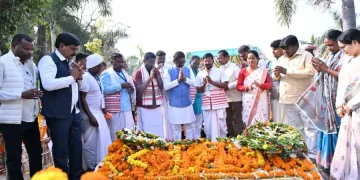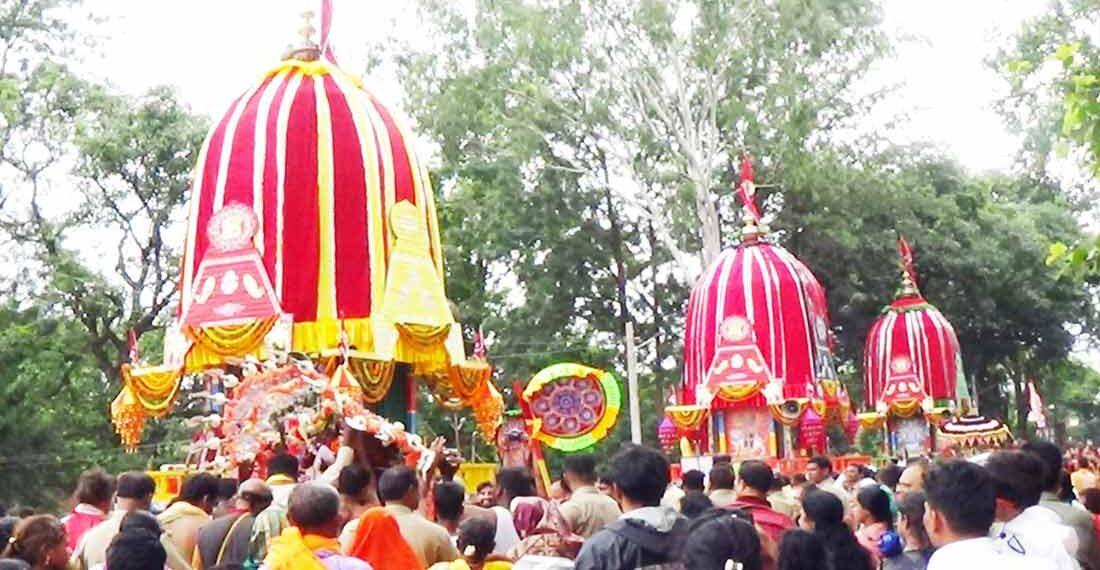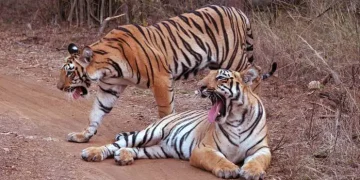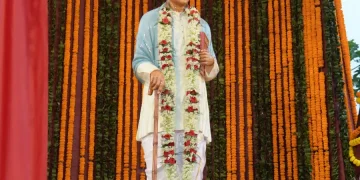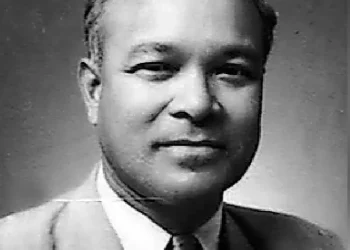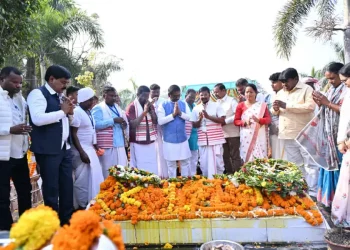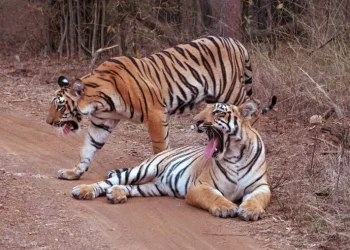Every year, the Jagannath Temple of Sabar Srikhetra in Koraput brims over with joy on the occasion of Jagannath’s Rath Yatra.
Jagannath Rath Yatra or the festival of Lord Jagannath and his siblings, Devi Subhadra and Lord Balbhadra is celebrated with fervour across this belt — where the temple was set up in 1972 — among the Paroja, Kondh and Saura tribes besides others.
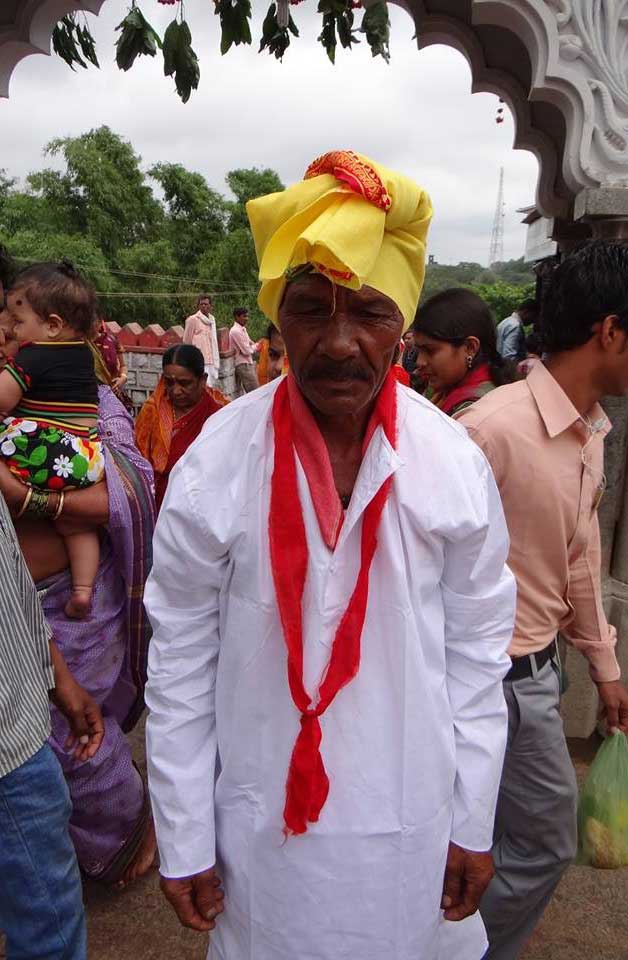
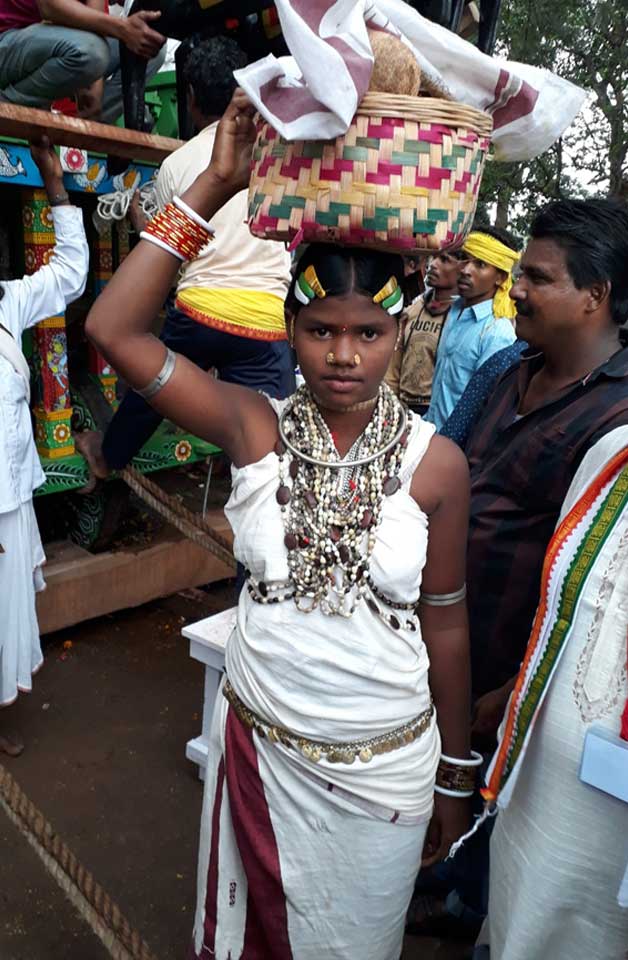
The Saura tribe, especially, has a strong bond with Lord Jagannath, who is their main deity. Mythology suggests Biswabasu, a Saura chieftain who served Jagannath, worshipped him in wooden form, which can be found even today across village temples.
The festival has distinct tribal traits, including Chhera Pahanra, dance, music, Pathi and wearing Sirpa — a type of headgear — by Nayaks, tribal village heads, on the last day of the nine-day festival.
First comes Anasara, two weeks prior to the festival. After their Snan Utsav (ritual baths), when the deities come down with ‘fever,’ tribals serve them Pathi, a herbal drink, during their quarantine.
When the chariot is prepared for the trio, a basket of fruits is deposited in it with much fanfare. Groups of artistes vie with each other for a display of traditional tribal dance and music in a resplendent show around the Rath.
“There about 300 tribal Sankirtan groups in the villages, but we invite only 10-15,” explains Jagabandhu Samal, Secretary of the Temple Management Committee.
Then comes the Pahandi, when Lord Jagannath and his siblings are taken from the temple to the chariots. The Chhera Pahanra ritual comes next.
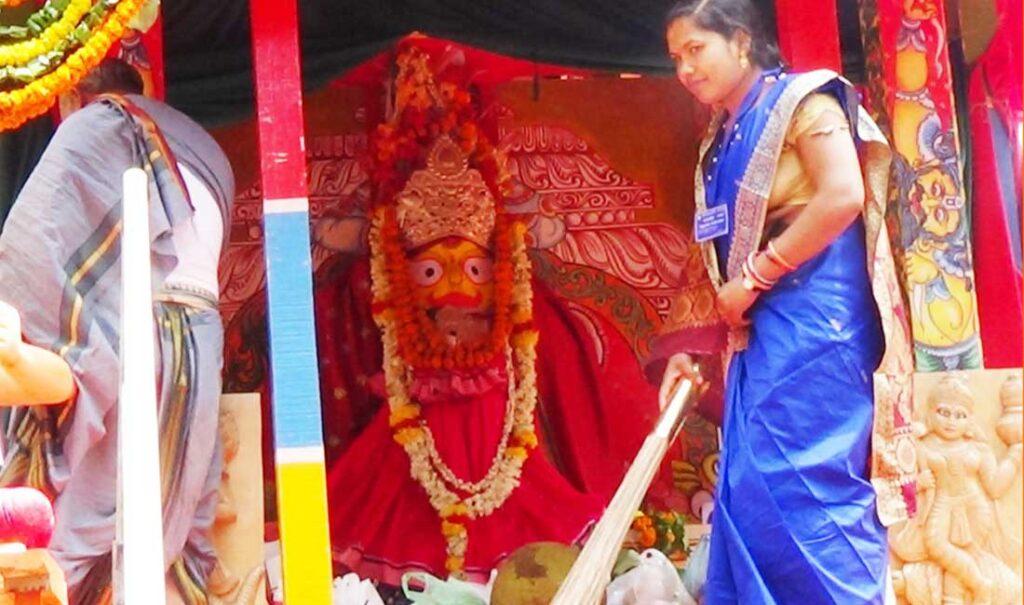
Chhera is the Odia word for sprinkling of holy water and Pahanra means sweeping. After the idols are installed on the chariots, the king sweeps the chariots with a golden broom. Gajapati Maharaj uses a broom of gold in Puri, while in Sabar Srikhetra, a gold string is wound around a normal broom.
There is an Arati, after which the journey starts. “This year, the committee has decided on three Nayaks to do Chhera Pahanra on the three chariots. Till 2019, there was only a single chariot,” says Samal.
On the last day of the festival, some Nayaks are honoured by winding Sirpa on the heads. “This year, we have tentatively decided to bestow 30 Nayaks with Sirpas. However, it is not yet final, and their names will be listed for this,” says Samal.

